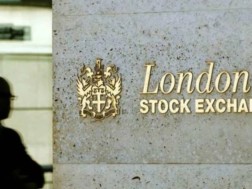Tbilisi (GBC) - Film director Eldar Shengelaia has died at the age of 92, the Nato Vachnadze Foundation reported on Monday.
Eldar Shengelaia received his higher education at the All-Union State Institute of Cinematography. From 1957 until 1959, he worked at the Mosfilm studio. He joined the Georgian Film Studio in 1960.
Shengelaia shot his debut film, The White Caravan, in 1963 together with Tamaz Meliava.
Notable films by Eldar Shengelaia include: Well (2020), A Chair (2016), Dog Rose (1996), Express Information (1993), Blue Mountains, or Unbelievable Story (1983), Samanishvili’s Stepmother (1977), The Eccentrics (1973), Unusual Exhibition (1968), Miqela (1965), A Snow Fairy Tale (1959), and Legend of the Ice Heart (1957).
He was awarded the Shota Rustaveli Prize, St. George’s Order of Victory, the Golden Order of Saint George, and the title of Honorary Citizen of Tbilisi.






















